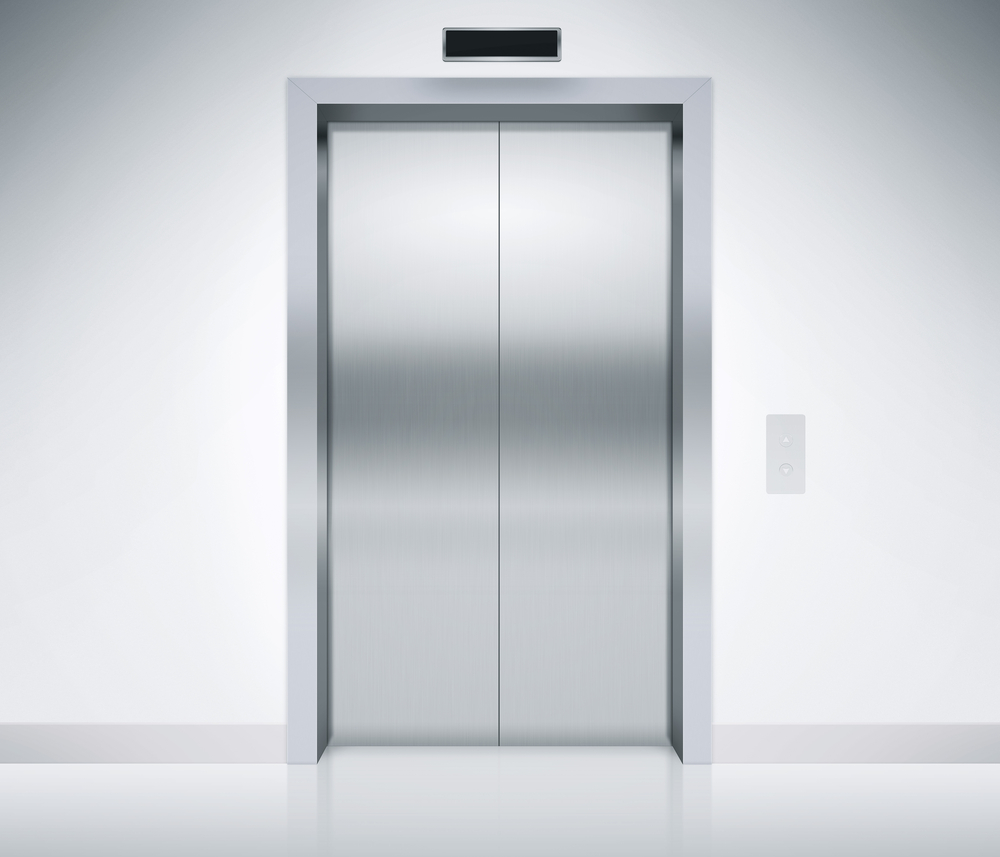August 2, 2016
How to Survive an Elevator Accident
By Jonathan Damashek
Posted in

Almost all New York citizens ride an elevator several times a day to get home, to go to work, to visit a friend, or even to go to the dentist. According to FiveThirtyEight, there are more than 76,000 elevators in the metropolitan area of New York and the average listed capacity of these is about 2,750 pounds, which means that approximately 18 percent of the city’s adult population could be safely suspended in mechanical elevation or descension at any given moment.
The US Bureau of Labor Statistics & Consumer Product Safety Commission estimates that 26 Americans die in elevator accidents or escalators every year, but in comparison to the more than 1,600 people that die when using the stairs, the odds of dying on an elevator accident are very low. These types of fatal accidents usually involve a fatal plunge, and for that reason, today we want to share with you what is that you have to do and what you don’t if you experience a plunge on an elevator.
Read the following recommendations carefully, as they may help you save your life if you experience this rare accident.
What not to do:
Some theories suggest that jumping a second before the impact will reduce the impact speed. But this will only minimize it very slightly and you’ll probably hit your head against the ceiling and land badly, which may worsen your injuries.
Other theories listed by Live Science say you should stand on your knees to absorb the impact. Supposedly, your legs would flex as your body and the elevator touched down, spreading your body’s deceleration over a longer period. But the effectiveness of this theory at high speeds is still unclear. In addition, research shows that you would likely be exposing your knees and legs to superior injury risk at low speeds.
What to do:
According to research done by the Massachusetts Institute of Technology, you should lie down flat on your back on the center of the car and if possible, covering your head and neck to prevent additional severe injuries. This way, you’ll be spreading the force of the impact over your body.
There’s no full proof solution but this easy method has the most support. Check this video for a full explanation with images of the theories listed previously.
If you or a loved one suffered an accident related to an elevator contact us for a free consultation. We will fight for your rights and the compensation you and your family deserve.